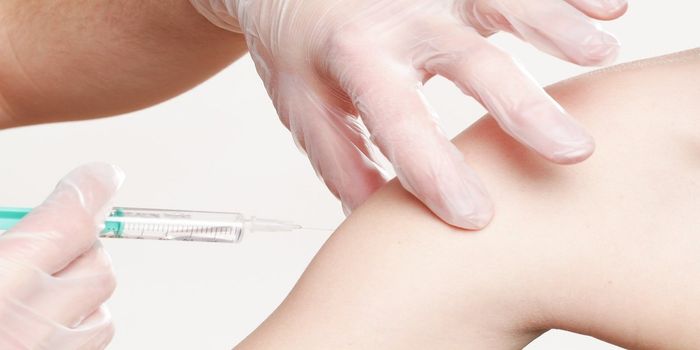In patients who have suffered a spinal cord injury, sometimes the only way to regain the use of the arms and hands is to use an exoskeleton prosthetic. These gadgets that affix to the affected arm have to be designed to be lightweight as well as very precise, in order to be able to sense and respond to picking up small objects, dressing, using food utensils and other activities. Many of the devices can be networked to the brain, via a computer interface so that the brain can send electrical impulses to the damaged limb and control the movements.
The specific parts that allow these artificial limbs to work are called actuators. They can be bulky, but scientists at EPFL in Switzerland have found a way to put those parts in a box that is worn on the patient's chest. On the hand that the device is powered to assist, there is a lightweight glove and some wires and sensors. This means the wearer can pick up small objects and perform other fine motor tasks. Hopefully, more of this tech can be designed to help patients who have lost the use of a hand or arm.








